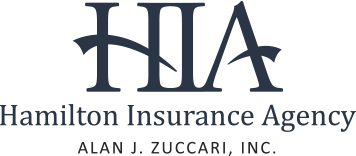
03 Aug 6 Ways to Minimize Risk Within Your Senior Living Community
By Kenita Hill | McKnights Senior Living
Owning, operating and otherwise working within a senior living community can be stressful. Reducing the potential for things such as not meeting resident/family expectations, slip-and-fall accidents, and the physical and mental health of your residents — especially after the isolation caused by the pandemic — can be challenging.
One of the best ways to ameliorate this pressure is to minimize the risks associated with running your community. Here are six ways to do so.
1. Use risk management tech
Looking around and trusting your gut are not thorough enough ways to find and prevent dangers. If you want to truly assess potential risks, then you need to use the power of Big Data.
Risk management software solutions are available that specifically target senior living communities. Use these tools to identify trends and patterns that may be liability exposures. Once areas of exposure have been identified, risk management software tools also can help analyze the data and drill down to point out potential root causes.
2. Check hardware and equipment often
Countless pieces of equipment make a good senior living community run. It’s important to create schedules to check those on a regular basis.
This includes complex equipment, such as reviewing the functionality of elevators or anti-elopement doors and pendants leading to memory care units. It also should address easy-to-overlook items, such as safety railings and even trip-prone carpets and rugs.
3. Provide ongoing training for your staff
It’s important to provide training for your staff members on an ongoing basis. This training should cover a variety of topics, such as:
- Providing good customer service.
- How to say “I’m sorry” when something goes wrong.
- Embracing data and making it work for you.
- Managing resident and family expectations.
Training is the key to ongoing safety and success in your senior living community. If your staff members don’t know what standards to maintain or how to use your tools, risks will increase.
4. Assess residents regularly
If you want to manage risks, then you need to consider who is living in your community. This requires assessing your residents over time.
As you do so, look for physical, mental or behavioral changes that may have developed since your last assessment. Use this information to update service plans or, if the case is serious enough, proactively discharge the resident to a higher level of care.
5. Evaluate new residents well before admitting
Along with managing risks with existing members of your community, consider the liabilities associated with any new resident. Establish thorough assessment procedures that must take place before any new resident is accepted into your community. The person conducting the assessment should have the experience to determine whether the community can meet his or her needs. Make sure the person on paper matches the whole individual. Can I say, “Make sure the person on paper matches the person in person”?
This gives you a clear picture of the level of risk associated with each individual’s unique conditions and needs. Use this information to make sure you know you can care for them long-term without putting either the new resident or your existing community in the way of unnecessary hazards.
6. Create transparent marketing materials
Every time you market your business, make sure to be transparent with your message. Don’t over promise on the services that you can provide.
This will help manage family expectations. It also avoids pressures that a family might put on you to provide services that you aren’t equipped or trained for.
If you can maintain a low level of risk in your senior housing community, it can keep your residents and staff members safe. It also can keep your business healthy by avoiding unnecessary liability claims and reducing costs associated with insurance. Critically, it also will preserve your brand and foster a healthy reputation as an upstanding, capable and safe senior living solution.
Kenita Hill, MSA, CPHRM, LPN, is vice president of operations at ServarusRM. A certified professional healthcare risk manager with a background in long-term care that spans more than 25 years, she is responsible for the operations of the risk management program at ServarusRM. Hill conducts on-site risk management audits and training at senior living communities across the country and provides oversight and enhancement of the ServarusRM’s adverse incident tracking tool, known as ERMA.
View Article on McKnights Senior Living
